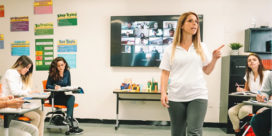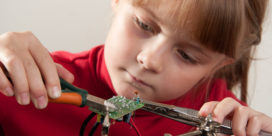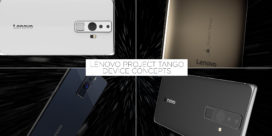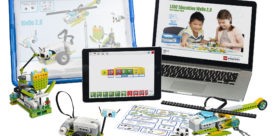Local partnerships can build STEM workforce development in your district
The measurable success of recruiting students into STEM based pathways via a popular high school program known as FlexFactor has led the Department of Defense to recently invest…





